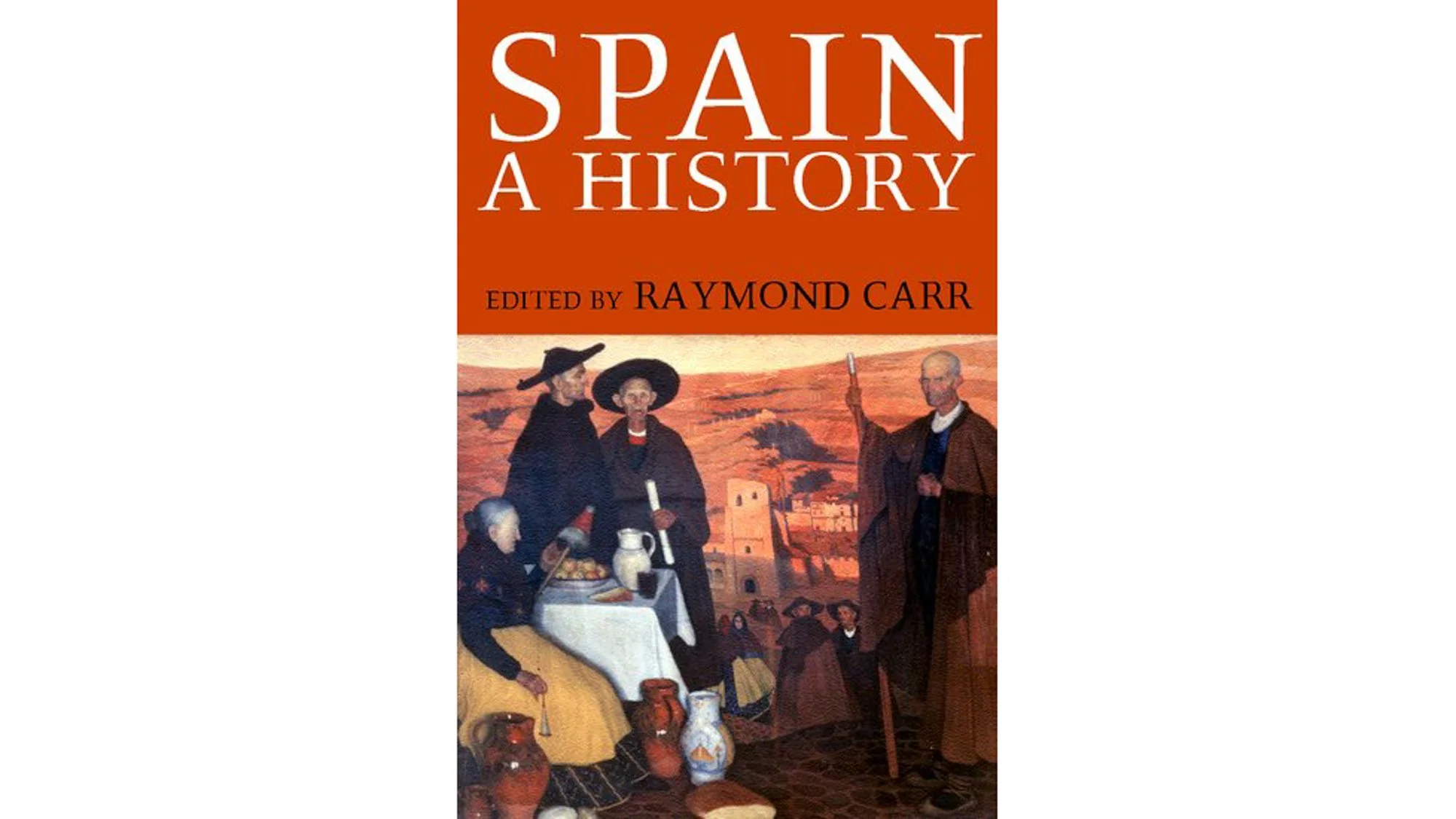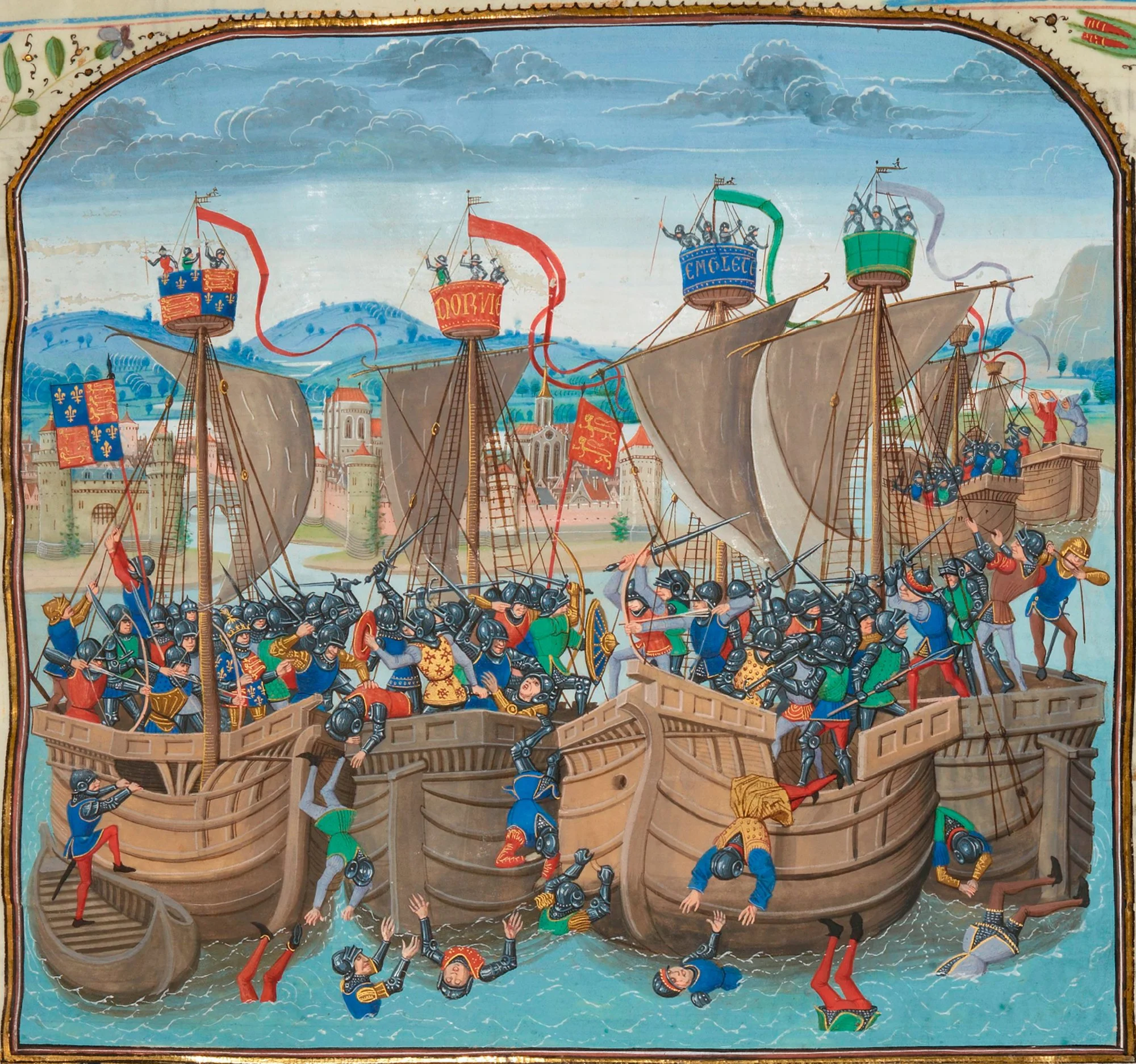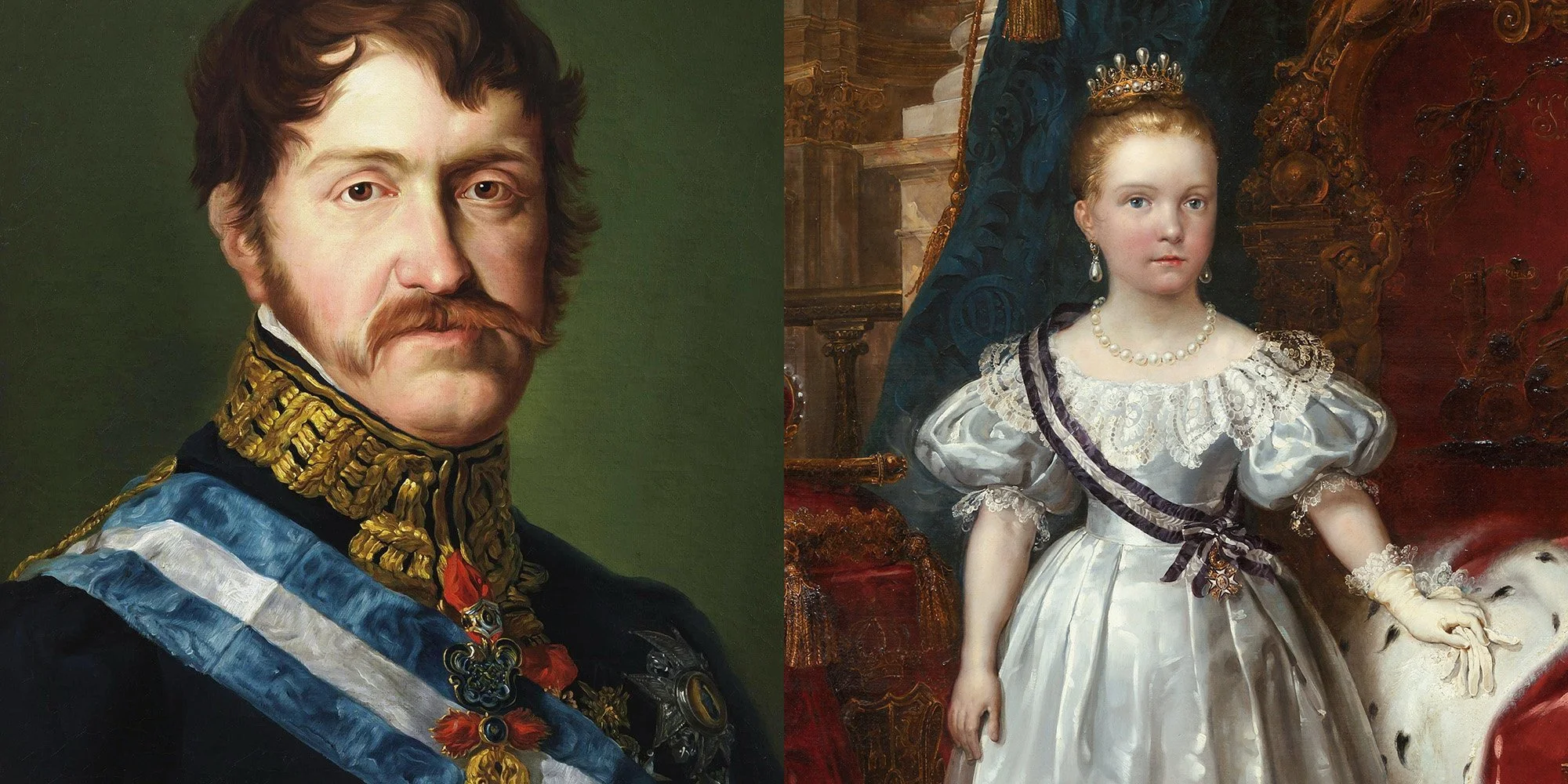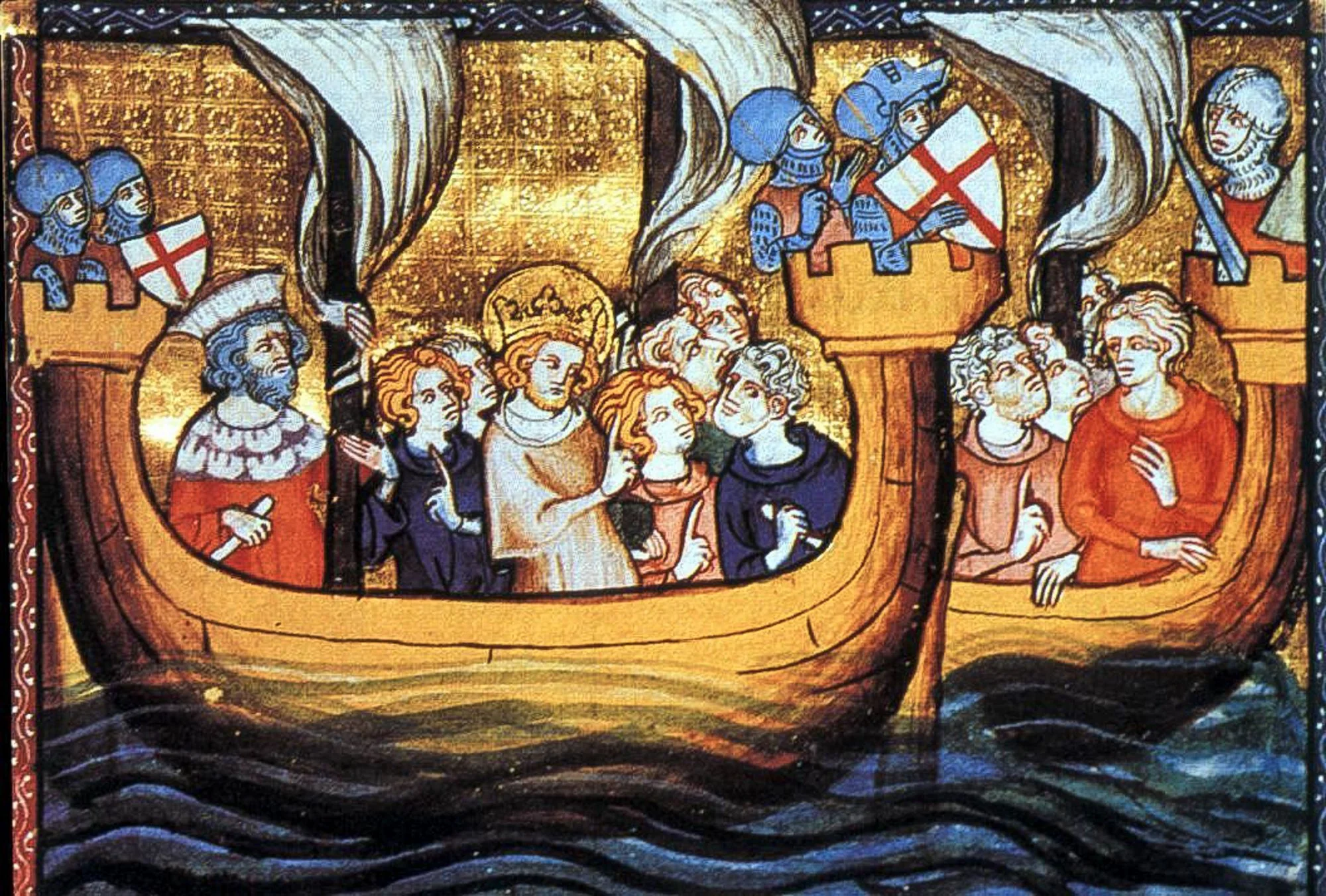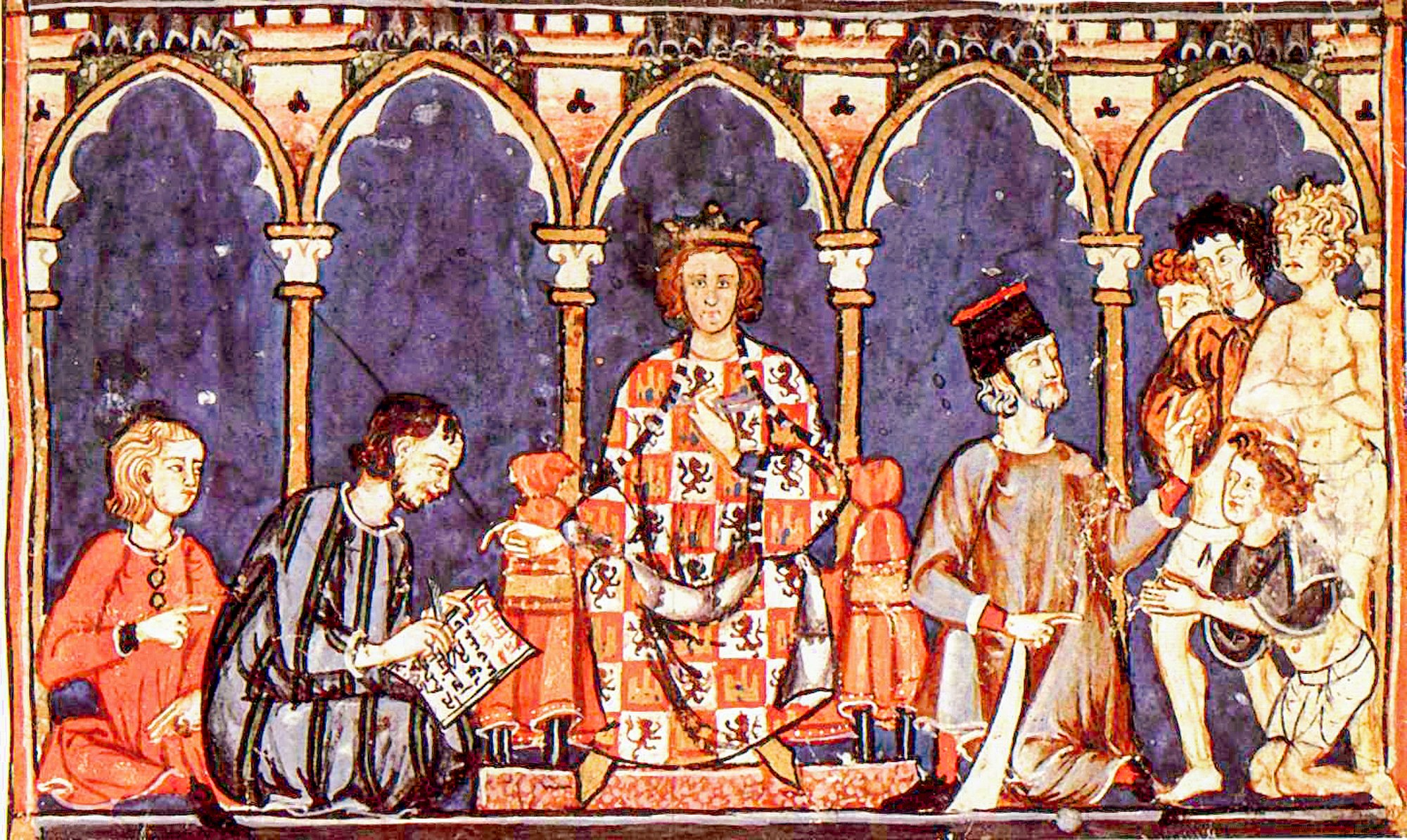Raymond Carr’s Spain a History.
Raymond Carr’s Spain a History is widely regarded as one of the most insightful and balanced English-language histories of modern Spain. It traces the country’s transformation from a traditional agrarian society under absolute monarchy to a modern, yet authoritarian, industrial state under Franco — with stops along the way at civil war, imperial collapse, and recurring social unrest.
The book opens with the dramatic shock of the Napoleonic invasion in 1808, which threw Spain into chaos and resistance. In response, liberal reformers produced the Constitution of Cádiz (1812) — a milestone in Spanish liberal thought. Yet this early step toward constitutional government was swiftly undermined by the restoration of Ferdinand VII, who reimposed absolutism, setting the stage for nearly a century of instability.
Throughout the 19th century, Spain oscillated between liberal and conservative rule. Carr emphasizes the Carlist Wars (1833–76) as not merely dynastic disputes, but deep cultural and political divides between rural traditionalism and urban liberalism. Under Isabella II, political life was marred by corruption, instability, and frequent military interventions — revealing a fragile political structure and a reliance on the army as a political actor.
The Glorious Revolution of 1868 and the brief First Republic (1873–74) represented attempts to break with the past, but these experiments in democracy failed due to internal divisions, weak institutions, and lack of public support. The result was the Bourbon Restoration under Alfonso XII, introducing a constitutional monarchy with a rotating two-party system — the so-called turno pacífico. While this appeared to offer stability, Carr shows that it excluded broad swathes of society and failed to address economic or regional disparities.
By the early 20th century, regionalism (especially in Catalonia and the Basque Country), anarchism, socialism, and new nationalist ideologies began to undermine the old order. The loss of Spain's American colonies in 1898 further eroded national confidence. The Second Republic (1931–36) arose with the hope of modernization and secularism, but quickly descended into violent polarization, with radical reforms on one side and reactionary resistance on the other.
Carr devotes careful attention to the Spanish Civil War (1936–39), framing it as both a class conflict and a battle between competing versions of Spanish identity. His treatment is even-handed: he does not romanticize the Republicans nor absolve Franco’s brutalities.
The Franco regime, which ruled from 1939 to 1975, initially aligned itself with authoritarian nationalism, Catholicism, and corporatism. Carr shows how the regime gradually evolved — especially after World War II — into a more pragmatic dictatorship. In the 1960s, economic liberalization brought rapid growth, modernization, and a new middle class, even as political repression continued.
By the time of Franco's death in 1975, Spain was no longer the backward country it had been in the 1930s, but a semi-modernized society aching for political freedom. Carr’s work ends here — just before the transition to democracy — but it lays all the groundwork for understanding how Spain arrived at that point.
Carr’s strength lies in his willingness to address complexity. Rather than offering a linear tale of progress or decline, he portrays Spain as a country where multiple historical forces — ideology, geography, class, religion — continually collided. His account is rigorous, rich in detail, and refreshingly free of ideological bias.

